Hair loss is a reality that sneaks up, impacting our appearance and crushing our confidence. You may not realize loss isn’t just determined by genetics; lifestyle, nutrition, stress, and scalp health play significant roles. With the right approach, however, you can address and even reverse many forms of hair loss.
1. Recognize the First Signs of Thinning
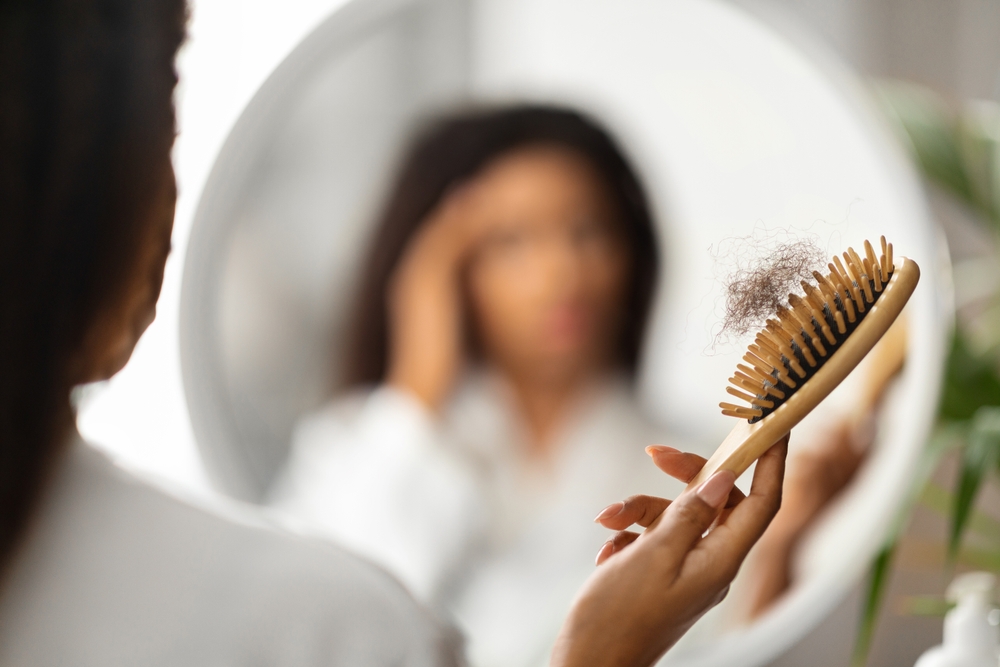
Hair loss doesn’t begin with a dramatic fallout; it starts subtly, with thinning at the crown or widening parts. Recognizing these signs early is crucial. Addressing thinning from the onset can make all the difference. Regularly inspect your scalp in natural light and observe for unusual shedding patterns or weaker strands. Early detection allows for more effective treatments, maximizing the chances of recovery and regrowth.
2. Rethink Your Shampoo Routine
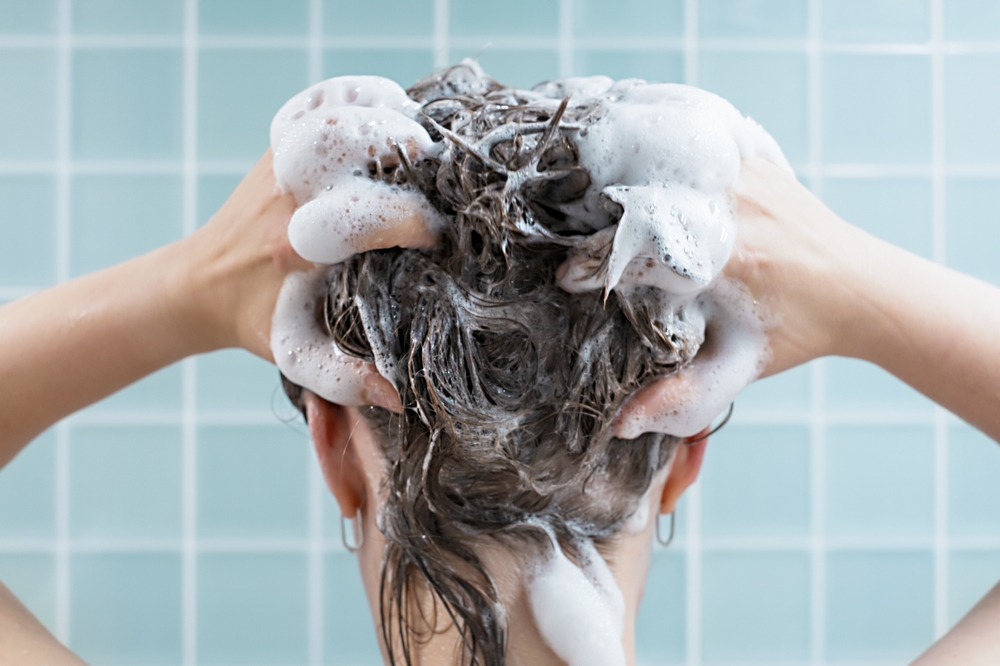
Surprisingly, over-washing or under-washing your hair can impact hair loss. Shampoo frequency should be based on your hair type and lifestyle rather than arbitrary schedules. Fine or oily hair may benefit from frequent washing, while coarse or dry hair needs a gentler approach. A sulfate-free shampoo can also reduce scalp irritation, preserving hair’s strength and vitality. Adjusting your wash routine might just be the simple fix you need.
3. Don’t Overlook Your Scalp Health
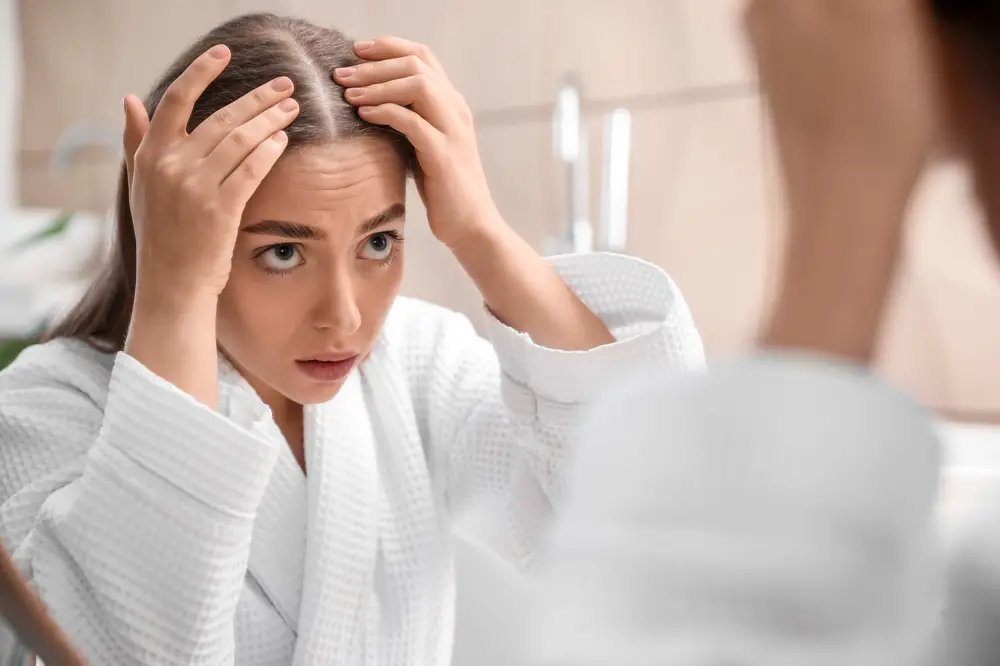
Healthy hair starts with a healthy scalp. Unfortunately, the scalp is often ignored in daily routines. Think of it as fertile ground for your hair—if it’s not in top condition, hair can’t thrive. Gently massaging the scalp stimulates blood flow, helping to nourish follicles. A weekly scalp treatment with exfoliating properties can reduce buildup, keeping the scalp clear and receptive to hair-strengthening nutrients.
4. Know Your Nutritional Gaps

Deficiencies in essential nutrients like iron, biotin, and omega-3s are often overlooked contributors to hair loss. A balanced diet rich in these nutrients can be transformative for hair health. If dietary changes aren’t enough, consider discussing supplements tailored to your needs with a healthcare professional. Hair growth is directly linked to overall wellness, and addressing nutritional gaps could be a surprisingly effective solution to strengthen and support regrowth.
5. Manage Stress Like Your Hair Depends on It

Stress doesn’t just affect your mind; it impacts your hair’s resilience and growth. High-stress levels can push more hairs into the “shedding” phase, leading to noticeable thinning. Incorporating stress management techniques—whether through meditation, exercise, or simple breathing practices—can create a calmer internal environment for hair to thrive. Reducing stress isn’t just beneficial for mental health; it’s an integral part of a holistic approach to hair health.
6. Avoid Overheating Your Hair
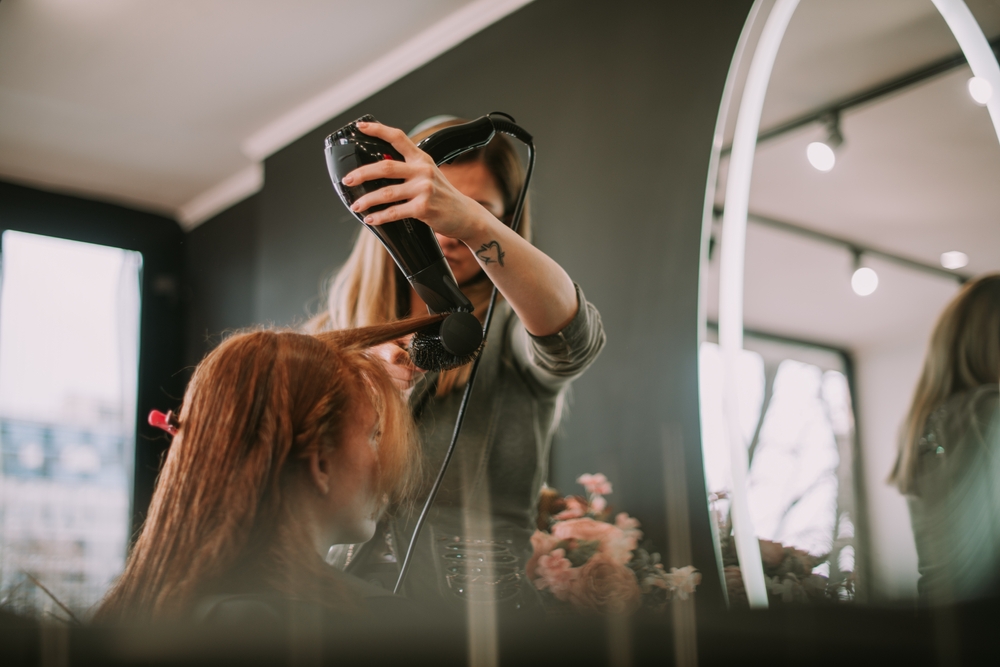
Frequent heat styling weakens the hair shaft and exacerbates breakage, making thinning appear worse. Protecting your hair by limiting heat exposure and using heat-protectant products can help. Opt for air drying whenever possible, and if you must style, lower the temperature. Keeping heat to a minimum allows your hair’s natural resilience to shine through, preserving strength and volume while reducing visible hair loss.
7. Discover the Benefits of Scalp Massage
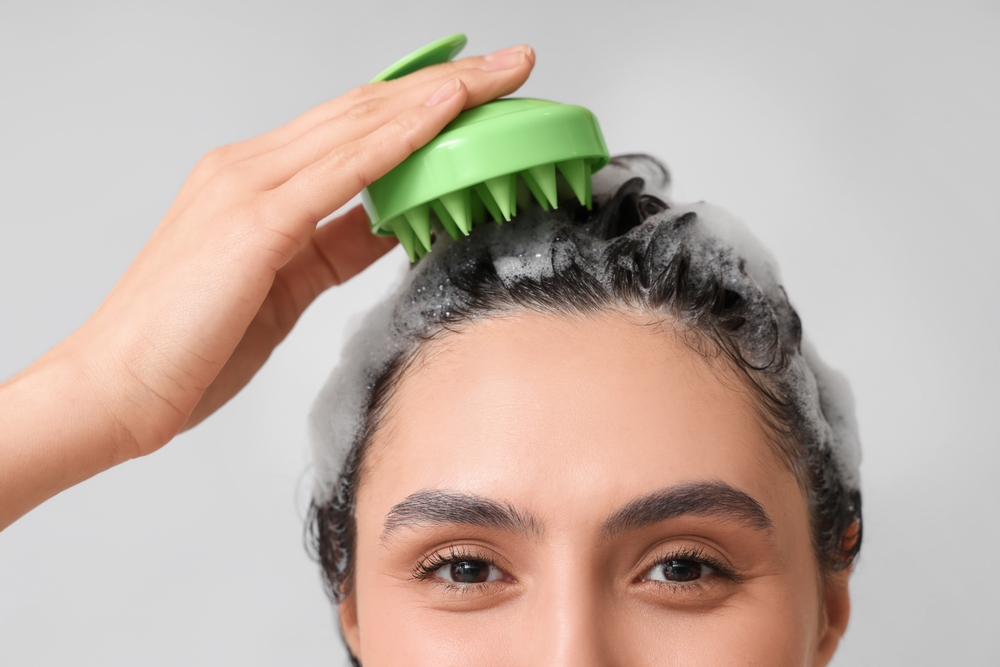
It might sound indulgent, but regular scalp massages can enhance blood flow and invigorate hair follicles. Massaging with essential oils, such as rosemary or peppermint, further enhances this effect by delivering nutrients directly to the scalp. A few times a week, just five minutes of gentle massage can encourage hair growth and create a healthier scalp environment, making this self-care practice surprisingly effective.
8. Investigate Hair-Friendly Supplements

Supplements designed specifically for hair, skin, and nails can be a game-changer if used mindfully. Biotin, keratin, and folic acid formulations support healthy hair growth. Always choose high-quality products with clinically studied ingredients, and consult a healthcare provider before adding new supplements. These small additions to your routine can make a meaningful difference in hair thickness and strength.
9. Skip the Tight Hairstyles
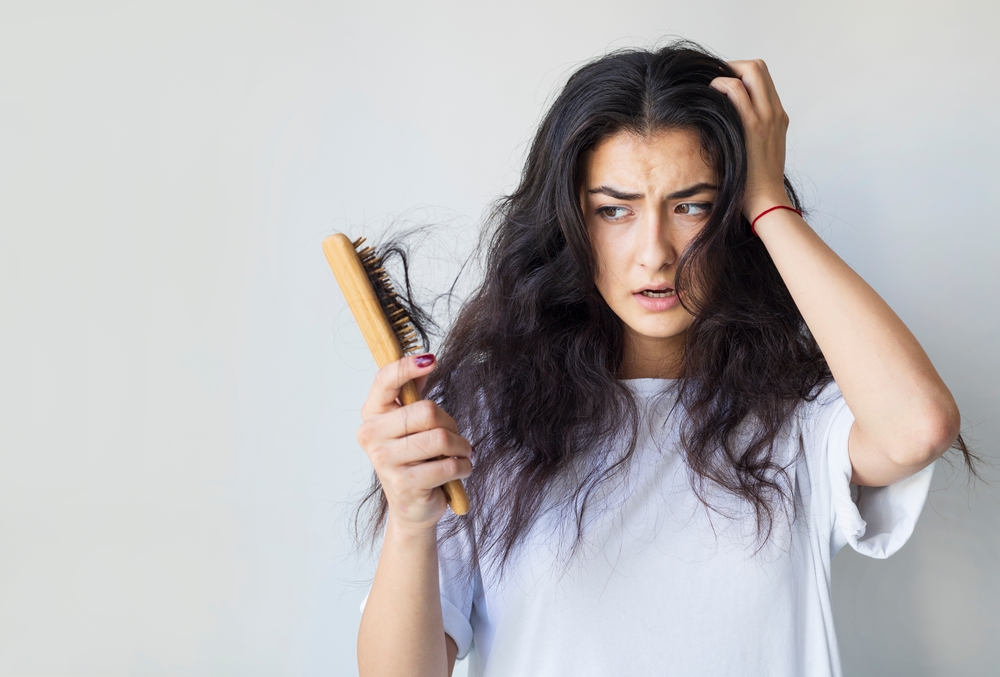
Constantly wearing tight hairstyles like ponytails, buns, or braids can create tension that damages hair follicles. Over time, this tension can lead to traction alopecia, a hair loss condition caused by excessive pulling. Give your hair a break by opting for loose styles or letting it down. Minimizing tension helps maintain healthy follicles, promoting stronger, fuller hair that’s less likely to shed.
10. Stay Informed About DHT

Dihydrotestosterone (DHT) is a hormone often linked to hair loss, especially in men but also in some women. DHT attaches to hair follicles and shrinks them, which can impede growth. Understanding how DHT affects your hair can open up a new range of targeted treatments, such as DHT-blocking shampoos or medications. Addressing this factor could dramatically improve hair health for those particularly sensitive to DHT.
11. Choose Hair Products with Care
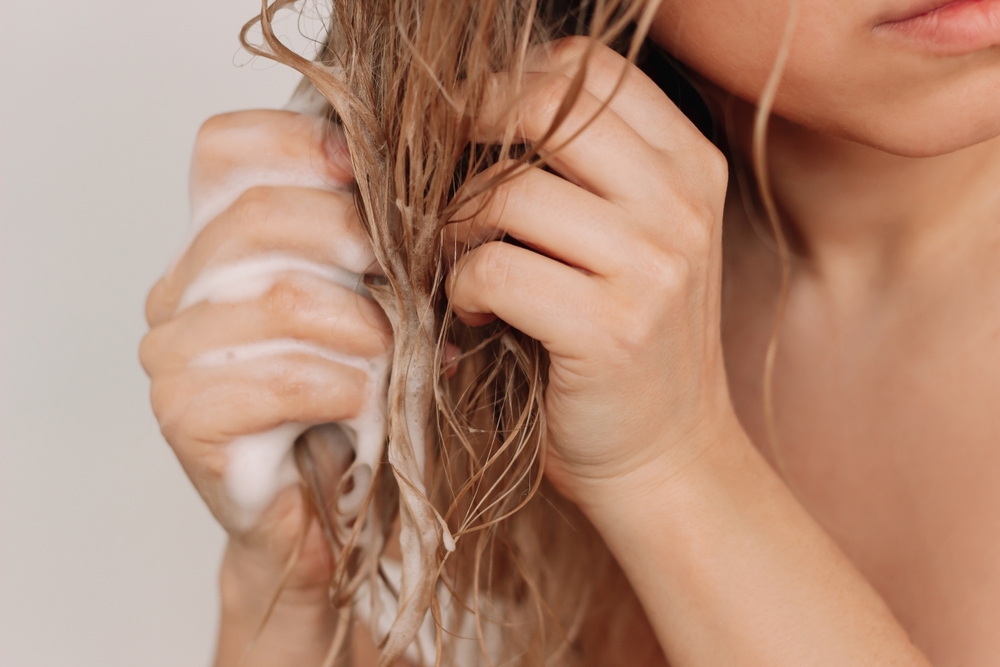
Certain hair products contain harsh ingredients that can irritate the scalp or weaken hair. Look for products free of sulfates, parabens, and synthetic fragrances, which are often the culprits behind scalp issues and hair breakage. Opt for clean, nourishing formulations that support your hair’s health rather than strip it. Taking the time to select gentle products can give your hair the fortifying foundation it needs to thrive.
12. Consider the Impact of Hormones

Hormones play a significant role in hair health, especially during life changes like pregnancy, menopause, or stress. Discussing hormonal fluctuations with a healthcare provider can reveal if they contribute to hair loss. Treatments or lifestyle adjustments that balance hormones can positively affect hair growth. Understanding your unique hormonal landscape offers a proactive approach to preventing further hair thinning.
13. Experiment with Low-Level Laser Therapy

Low-level laser therapy (LLLT) is a non-invasive treatment that stimulates hair growth. It uses light energy to penetrate the scalp and enhance blood flow, nourishing hair follicles. Available in devices like combs, caps, and helmets, LLLT can be an effective part of a holistic approach to hair loss treatment. Regular use may help slow thinning, encouraging hair to grow thicker and healthier.
14. Seek Professional Guidance
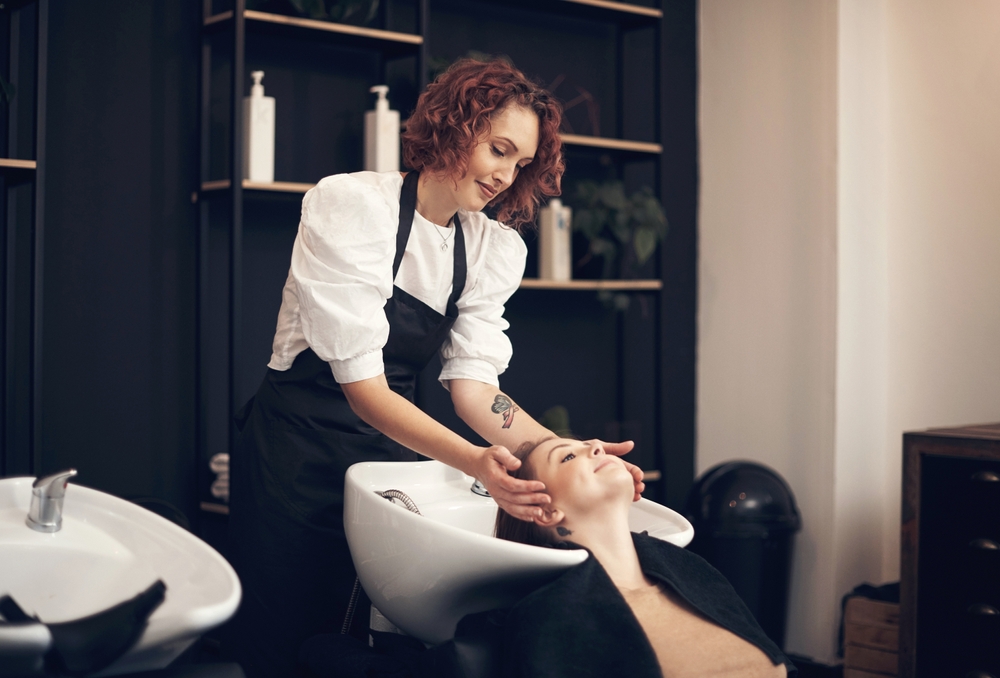
While there’s a lot you can do at home, consulting a dermatologist or trichologist (a specialist in hair and scalp health) can provide invaluable insights. These experts can assess your case and recommend personalized treatments, ranging from topical solutions to advanced therapies. Seeking professional guidance helps you navigate the overwhelming range of options and creates a tailored path for your unique hair needs.
15. Stay Positive and Patient

Hair regrowth doesn’t happen overnight. Patience is essential, as results from lifestyle changes and treatments can take months to show. Adopting a balanced approach and trusting the process can alleviate the frustration that often accompanies hair loss. Embrace each step as part of a self-care journey, knowing that you’re setting the foundation for healthier, more resilient hair with time, consistency, and a little self-kindness.




